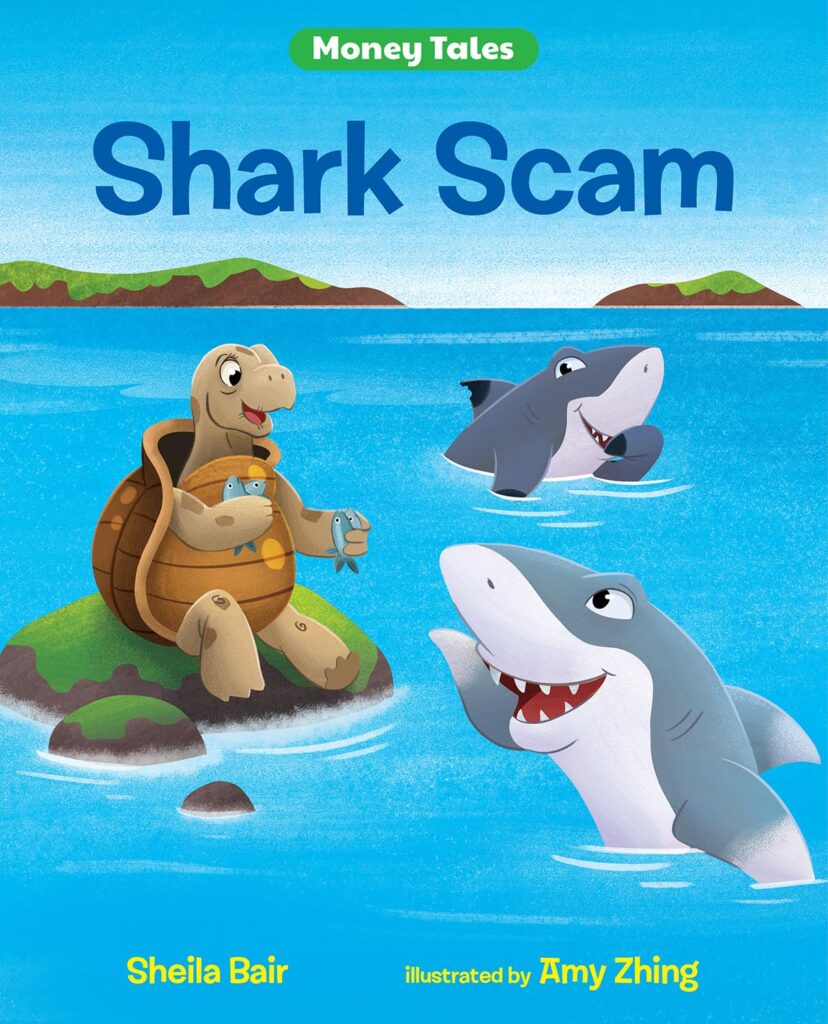
Content Partner
Grades 3-5

Don't have an account yet? Sign up for free
Don't have an account yet? Sign up for free


In this lesson, students learn that the Columbian Exchange resulted in an enormous exchange of goods, resources, and institutions between the Old World and the New World and that the results of the Exchange were both positive and negative. The lesson begins with an activity in which students are divided into two groups: Old World consumers and New World consumers. Students are given food cards to keep or trade within each group, and later, among consumers from both groups. Although the expansion of trade provides students with more choices and has positive effects, some trades result in negative effects.
A second activity summarizes some of the positive and negative impacts of the Columbian Exchange, some of which students experience in the first activity. A final activity describes Tenochtitlan, the capital city of the Aztec civilization that had a relatively well-developed economy in the 15th century despite the lack of capital resources such as iron tools, wheels, and draft animals. The Aztecs adopted legal institutions that protected property rights and supported a market economy. The Spanish, who conquered the Aztecs in 1521, replaced these with institutions that restricted the ability of the native population of Mexico to produce and trade. Similar restrictions were imposed by European colonizers in other New World areas. Students learn that, in addition to the exchange of plants, animals, and culture, the exchange of institutions between the Old World and the New World had an important impact on the future economic growth of countries in the Western Hemisphere.
Historian Alfred W. Crosby used the phrase “the Columbian Exchange” to describe the widespread exchange of plants, animals, culture, institutions, people, and disease between the world’s Eastern and Western Hemispheres as a result of the voyages of discovery that began with Christopher Columbus in 1492. Crosby wrote that the Exchange “has created markets for Europe without which she would . . . be now a very different and a much poorer region. . . .” But Crosby also noted, “It is possible that [man] and the plants and animals he brings with him have caused the extinction of more species of life forms in the last four hundred years than the usual processes of evolution might kill off in a million.”1
In addition to the profound effects it had in the areas of ecology, agriculture, and culture, the Columbian Exchange also had important economic impacts. The Columbian Exchange teaches us that economic growth is a product not just of resources—fertile land, minerals, machinery—but also of legal and political institutions.
1 Alfred W. Crosby, Jr. 1972. The Columbian Exchange. Biological and Cultural Consequences of 1492. Westport, CT: Greenwood Press,
pp. 218–219.
This lesson was originally published in CEE’s Focus: Middle School World History, which provides history teachers with lessons that incorporate economics into a variety of world history topics from the neolithic period to 1776. Visit https://store.councilforeconed.org/ for more information about this publication and how to purchase it.
Conclude the lesson by reviewing the following points:
None.

Content Partner
Grades 3-5

Grades K-2, 3-5

Content Partner
Grades 6-8, 9-12

Grades K-2, 3-5
